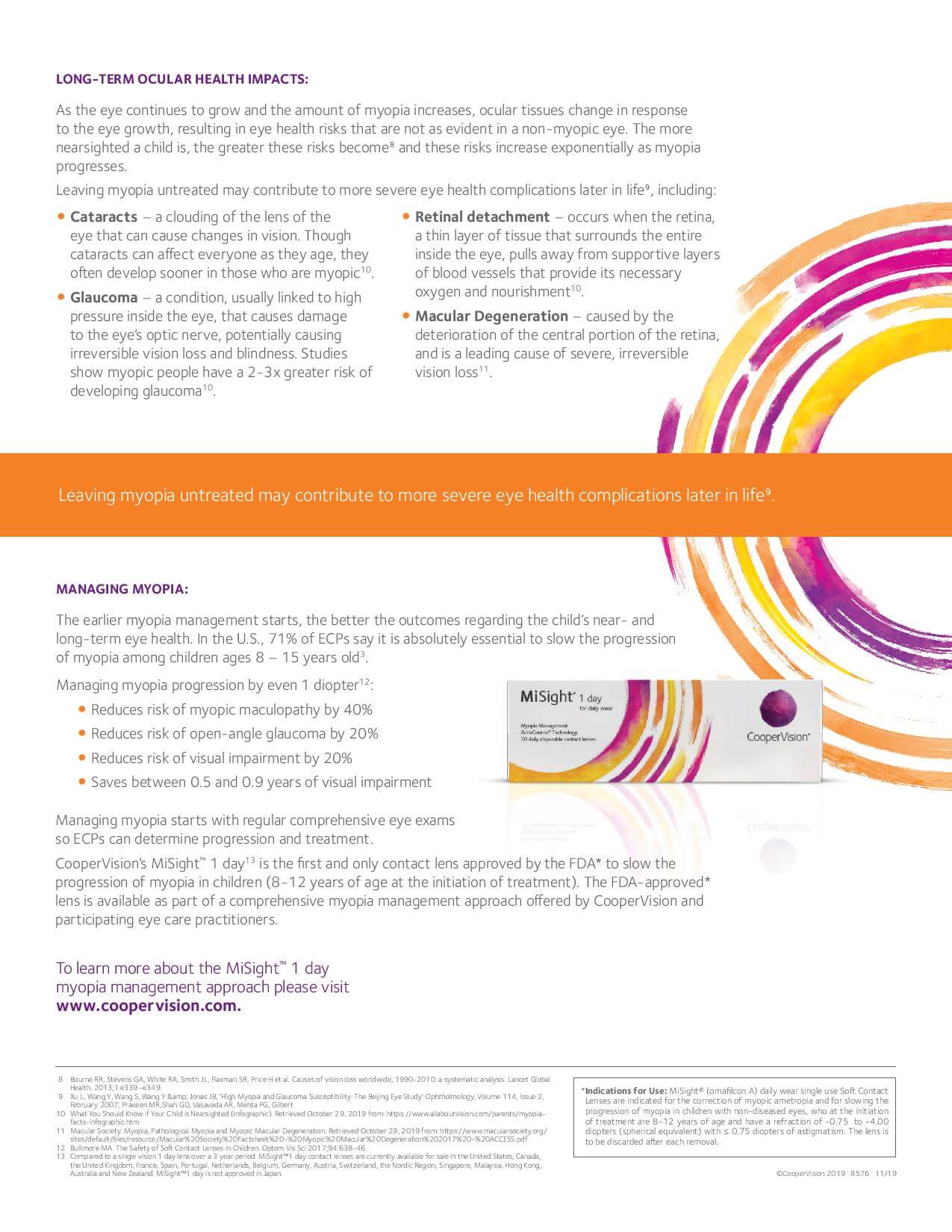A Discussion About Pediatric Myopia
Myopia – often referred to as nearsightedness – is a common eye health condition in which the eyeball elongates, causing light rays to focus incorrectly in the eye, thus making distance vision blurry. The earlier myopia management starts, the better the outcomes regarding the child’s near- and long-term eye health. In the U.S., 71% of eye care professionals say it is absolutely essential to slow the progression of myopia among children ages 8 – 15 years old.
Please feel free to speak with one of our optometrists if you want to learn more about your options for myopia control for your children. Call: 512-360-8969


